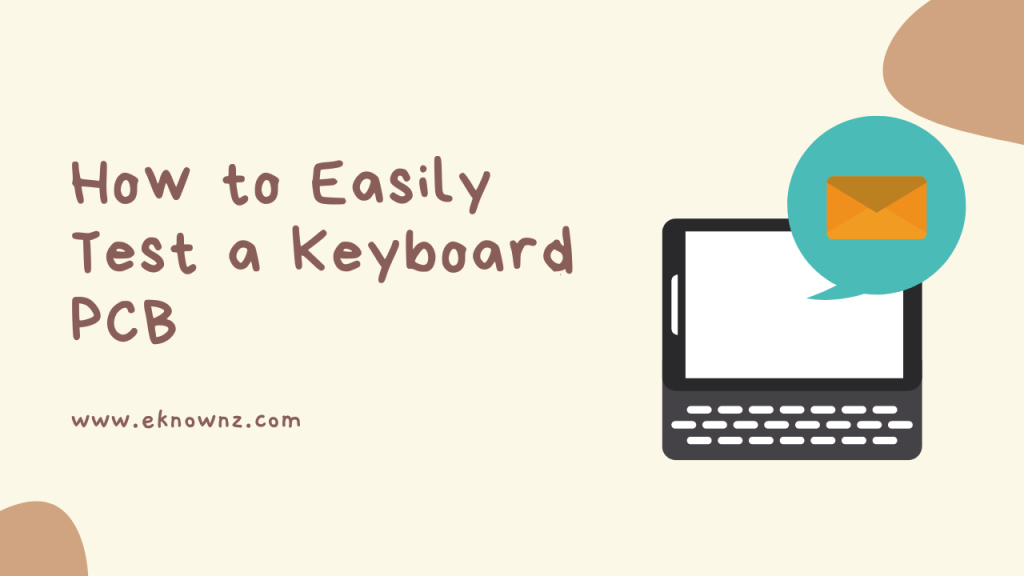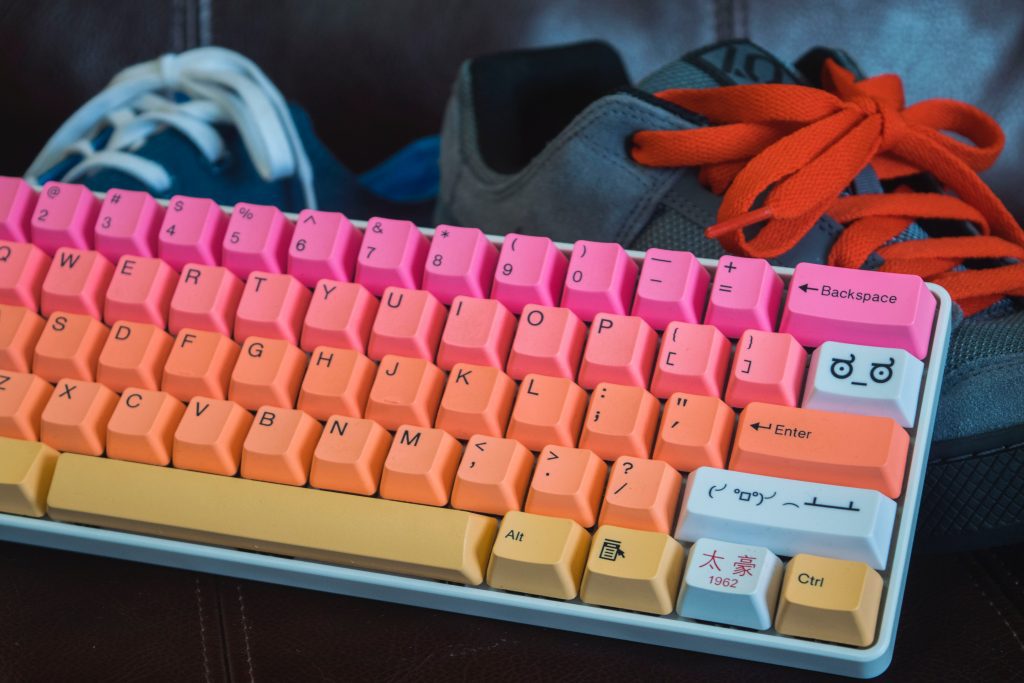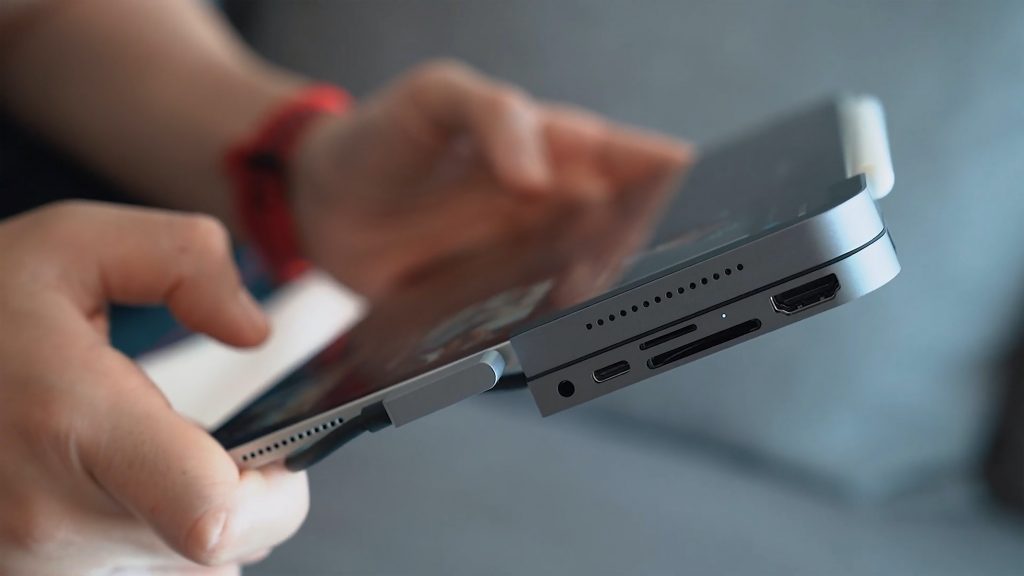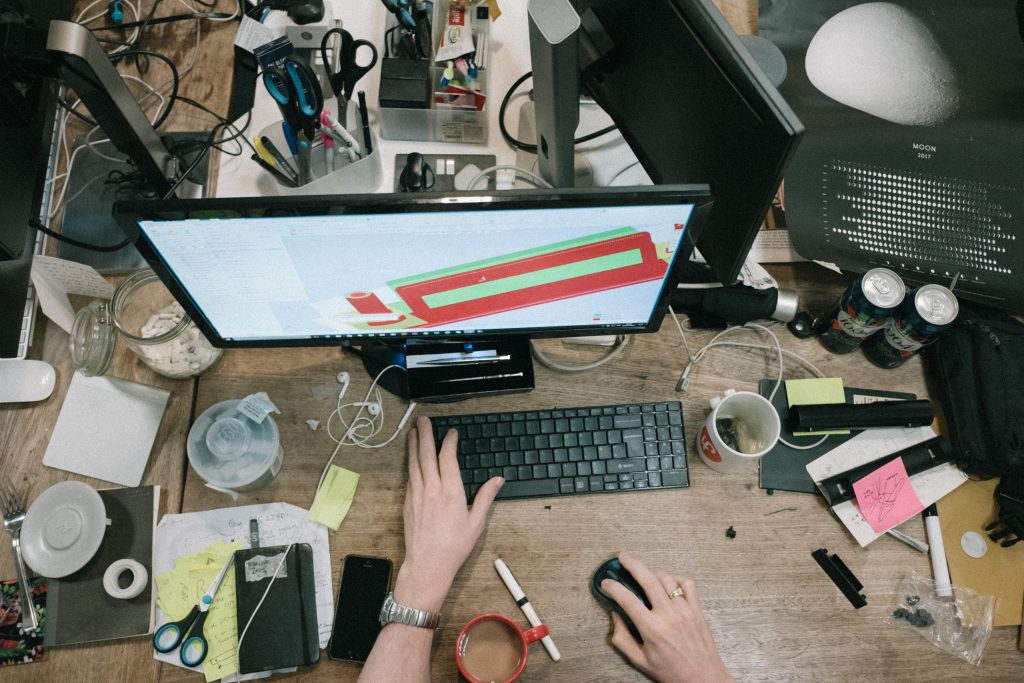If you’re a frequent tinkerer of electronics, chances are you’ve encountered a situation where you needed to test a keyboard-printed circuit board (PCB). If you don’t know how to test a keyboard PCB, then this article will provide you with a simple and easy way to get the job done. In this article, we will provide step-by-step instructions on how to test a keyboard PCB and explain how to interpret the results. We will also discuss the different types of tests you can do and the benefits of each. Finally, we will discuss the importance of properly maintaining your keyboard PCB and how to troubleshoot any issues you may encounter.
Steps for Testing a Keyboard PCB
Visual Inspection
Visual inspection of the PCB is the first step of testing a keyboard PCB. This is done to look for any physical damage, defects, or breaks in the circuit. An inspection of the traces and components should be done to ensure that the PCB is clean and free of any dirt, dust, or corrosion.
Solder Joint Inspection
The solder joints of the PCB should be inspected to ensure that the components are properly soldered to the board. Any excess solder should be removed and the solder joints should be free of any cracks or breaks.
Continuity Testing
Continuity testing is done to check the electrical continuity of the PCB. This is done by connecting a multimeter to each component and then measuring the resistance between them. If the reading is greater than the expected value, then the component is not properly connected and needs to be re-soldered.
Power-On Testing
Once the continuity testing is complete, the next step is to power on the PCB. This is done to ensure that all components are properly connected and that there is no voltage leakage in the circuit.
Key Functionality Testing
The final step in testing a keyboard PCB is to test the key functionality. This is done by pressing each key one at a time and ensuring that it is working properly. Any malfunctioning keys should be replaced or repaired.
These are the steps for testing a keyboard PCB. It is important to ensure that all these steps are done properly and that all components are functioning properly before the PCB can be used.
Conclusion
Testing a keyboard PCB is an important part of making sure your keyboard is working properly. By following the steps outlined in this article, you can quickly and easily test the keyboard PCB. This will help you identify any issues that may arise so that you can troubleshoot the problem and get your keyboard working again. With this knowledge, you can be sure that your keyboard is always working as it should be.
Also Read: How to Easily Make A DIY Keycap Puller
Frequently Asked Questions
What tools do I need to test a Keyboard PCB?
You will need a multimeter, a soldering iron and some basic soldering supplies.
What is the best way to test a Keyboard PCB?
The best way to test a Keyboard PCB is to use the multimeter to check for continuity between the various connections on the board.
How do I identify possible faults on a Keyboard PCB?
You can identify possible faults by using the multimeter to check for continuity between the various connections on the board. You can also visually inspect the board for any signs of damage such as cracked or burnt components.
What should I do if I find a fault on my Keyboard PCB?
If you find a fault on your Keyboard PCB, you should replace the affected components as soon as possible. If the fault is due to a faulty connection, you should also check for any loose connections and re-solder them if necessary.
What safety precautions should I take when testing a Keyboard PCB?
Before testing a Keyboard PCB, you should make sure that you’ve disconnected any power sources connected to the board. It’s also important to wear proper safety gear, such as eye protection, when handling the board. Additionally, be careful not to touch any exposed components while testing.




